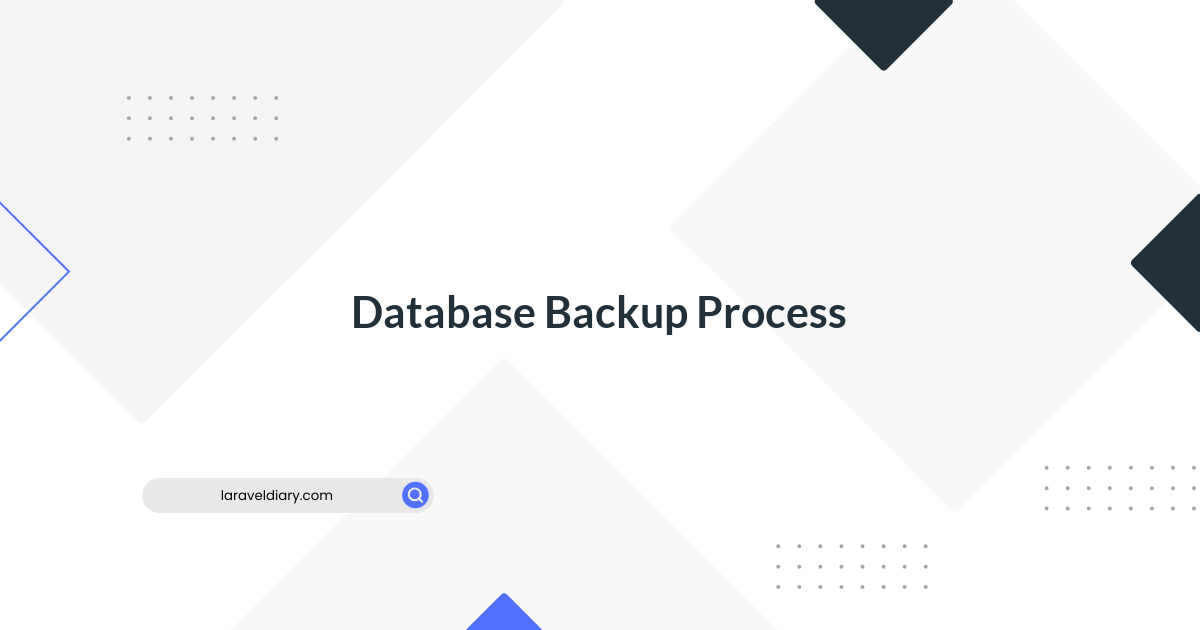
Version Control
Table of Contents
Version control
All our projects use Git, mostly with a repository hosted on GitHub. Since we're a small team, and most projects have less than three people working on it simultaneously, we have pretty loose Git guidelines since we rarely bump into conflicts.
Repo naming conventions
If the repo contains the source code of a site its name should be the main naked domain name of that site. It should be lowercased.
- Bad:
https://www.ingressit.com,www.ingressit.com,ingressit.com - Good:
ingressit.com
Sites that are hosted on a subdomain may use that subdomain in their name
- Bad:
ingressit.com-guidelines - Good:
guidelines.ingressit.com
If the repo concerns something else, for example a package, its name should be kebab-cased.
- Bad:
LaravelBackup,Spoon - Good:
laravel-backup,spoon
Branches
If you're going to remember one thing in this guide, remember this: Once a project has gone live, the main branch must always be stable. It should be safe to deploy the main branch to production at all times. All branches are assumed to be active; stale branches should get cleaned up accordingly.
Projects in initial development
Projects that aren't live yet have at least two branches: main and develop. Avoid committing directly on the main branch, always commit through develop.
Feature branches are optional, if you'd like to create a feature branch, make sure it's branched from develop, not main.
Live projects
Once a project goes live, the develop branch gets deleted. All future commits to main must be added through a feature branch. In most cases, it's preferred to squash your commits on merge.
There's no strict ruling on feature branch names, just make sure it's clear enough to know what they're for. Branches may only contain lowercase letters and hyphens.
- Bad:
feature/mailchimp,random-things,develop - Good:
feature-mailchimp,fix-deliverycostsorupdates-june-2016
Pull requests
Merging branches via GitHub pull requests isn't a requirement, but can be useful if:
- You want a peer to review your changes
- You want to ensure your branch can be merged and commits can be squashed via an interface
- Future you wants a quick way to retrieve that point in history by browsing passed pull requests
Merging and rebasing
Ideally, rebase your branch regularly to reduce the chance of merge conflicts.
- If you want to deploy a feature branch to main, use
git merge <branch> --squash - If your push is denied, rebase your branch first using
git rebase
Commits
There's not strict ruling on commits in projects in initial development, however, descriptive commit messages are recommended. After a project has gone live, descriptive commit messages are required. Always use present tense in commit messages.
- Non-descriptive:
wip,commit,a lot,solid - Descriptive:
Update deps,Fix vat calculation in delivery costs
Ideally, prefer granular commits.
- Acceptable:
Cart fixes - Better:
Fix add to cart button,Fix cart count on home
Git Tips
Creating granular commits with patch
If you've made multiple changes but want to split them into more granular commits, use git add -p. This will open an interactive session in which you can choose which chunks you want to stage for your commit.
Moving commits to a new branch
First, create your new branch, then revert the current branch, and finally checkout the new branch.
Don't do this to commits that have already been pushed without double checking with your collaborators!
git branch my-branch
git reset --hard HEAD~3 ### OR git reset --hard <commit>
git checkout my-branch
Squashing commits already pushed
Only execute when you are sure that no-one else pushed changes during your commits.
First, copy the SHA from the commit previous to your commits that need to be squashed.
git reset --soft <commit>
git commit -m "your new message"
git push --force
Cleaning up local branches
After a while, you'll end up with a few stale branches in your local repository. Branches that don't exist upstream can be cleaned up with git remote prune origin. If you want to ensure you're not about to delete something important, add a --dry-run flag.
Resources
- Most of this is based on the GitHub Flow
- Merge vs. rebase on Atlassian
- Merge vs. rebase by @porteneuve
Comments (0)
What are your thoughts on "Version Control"?
You need to create an account to comment on this post.









